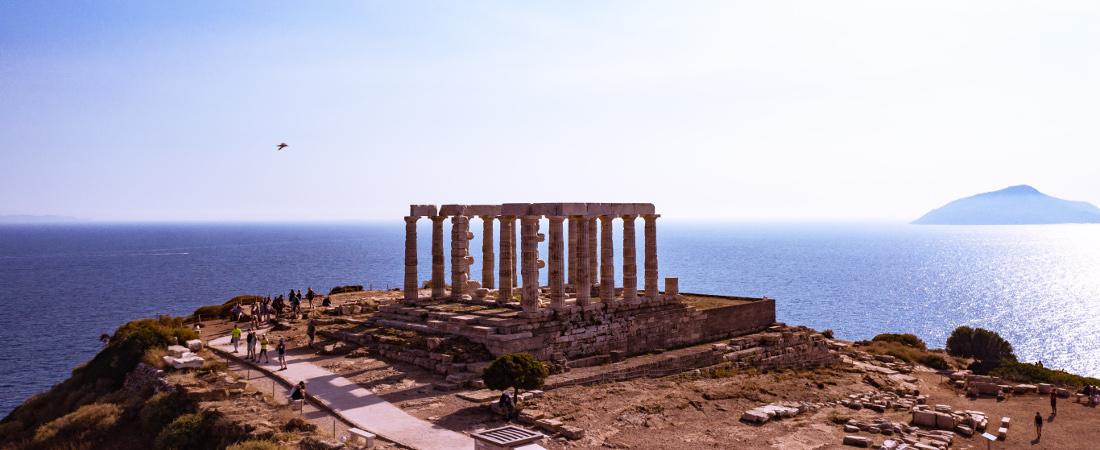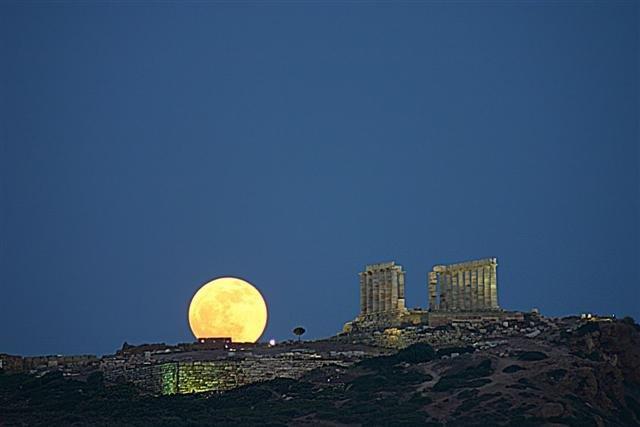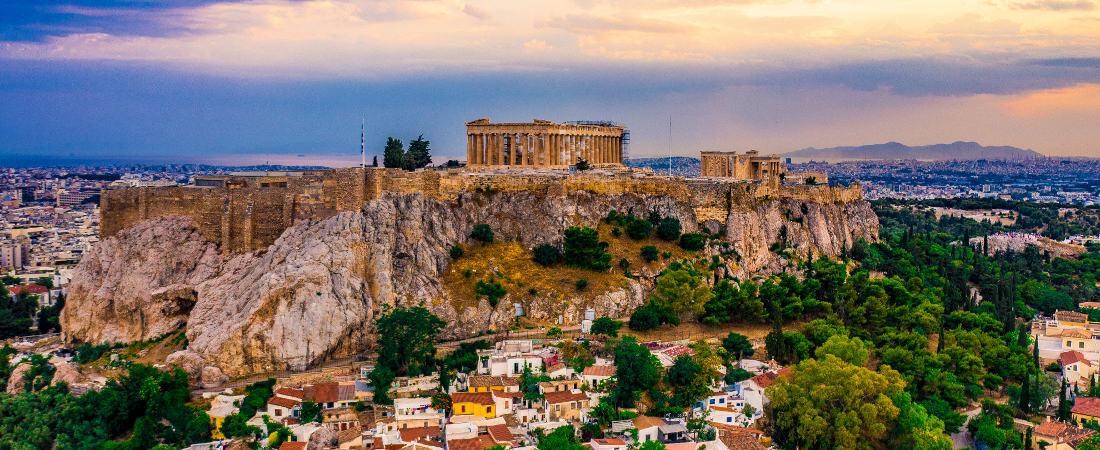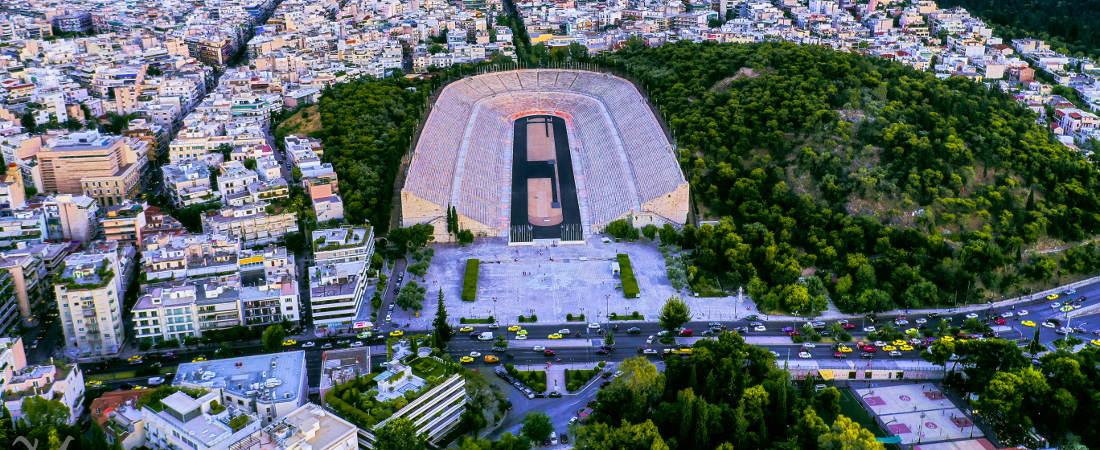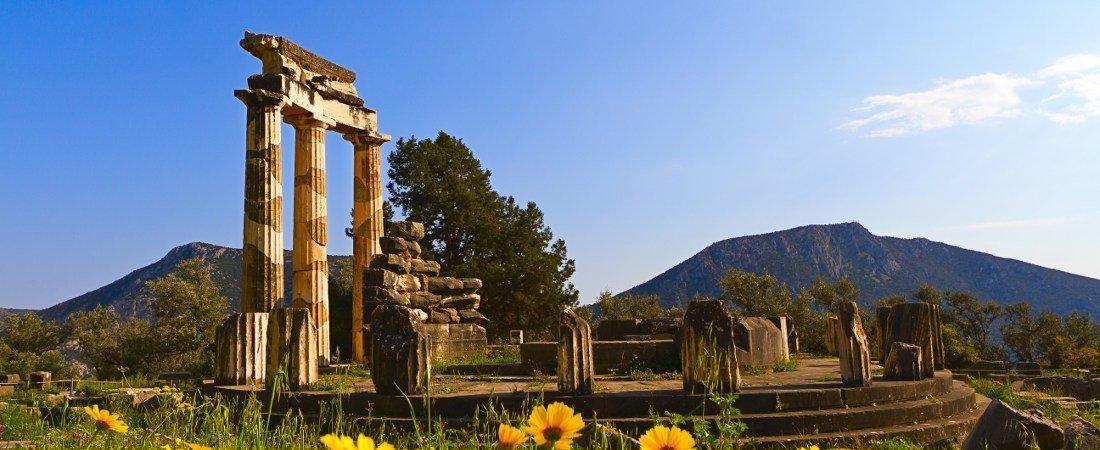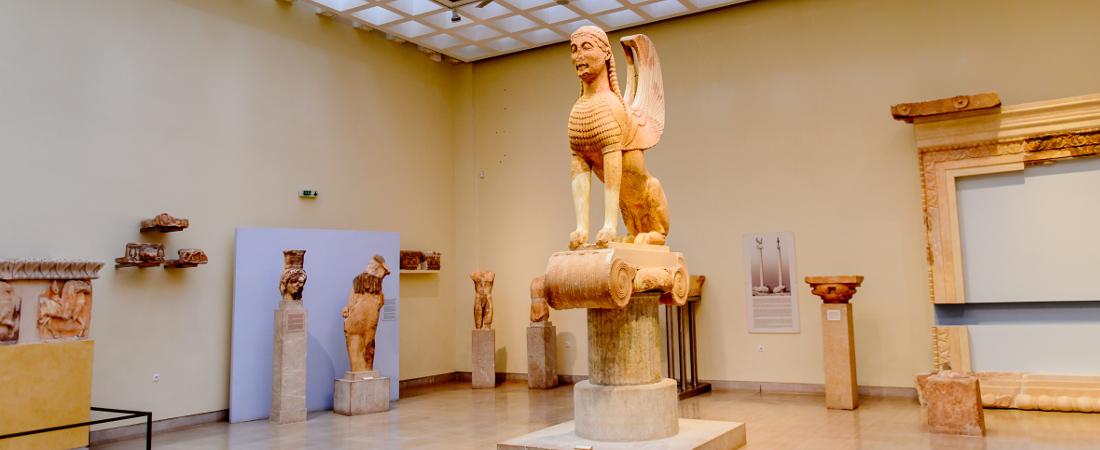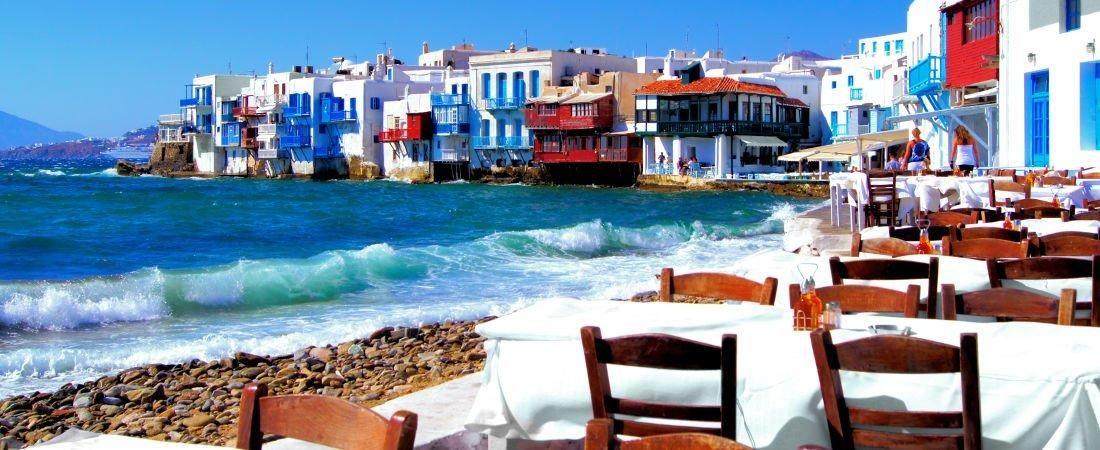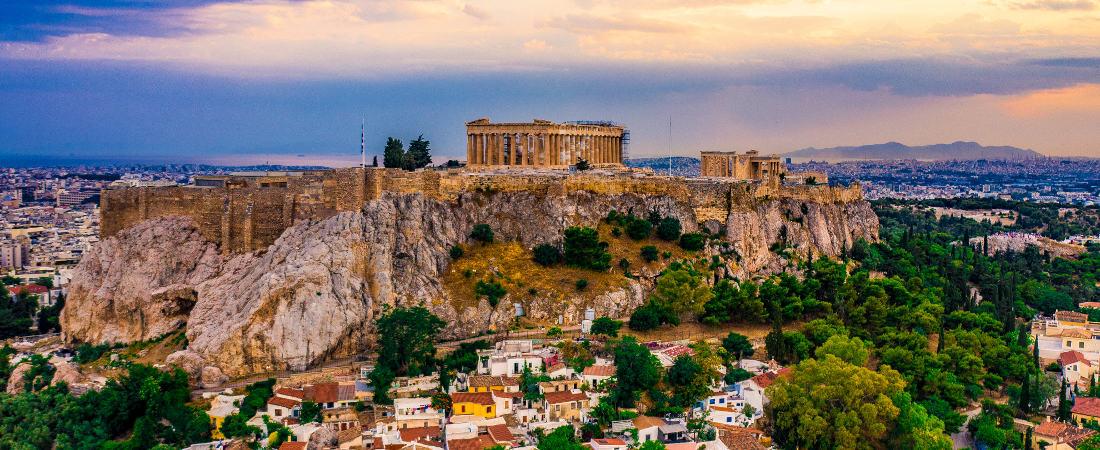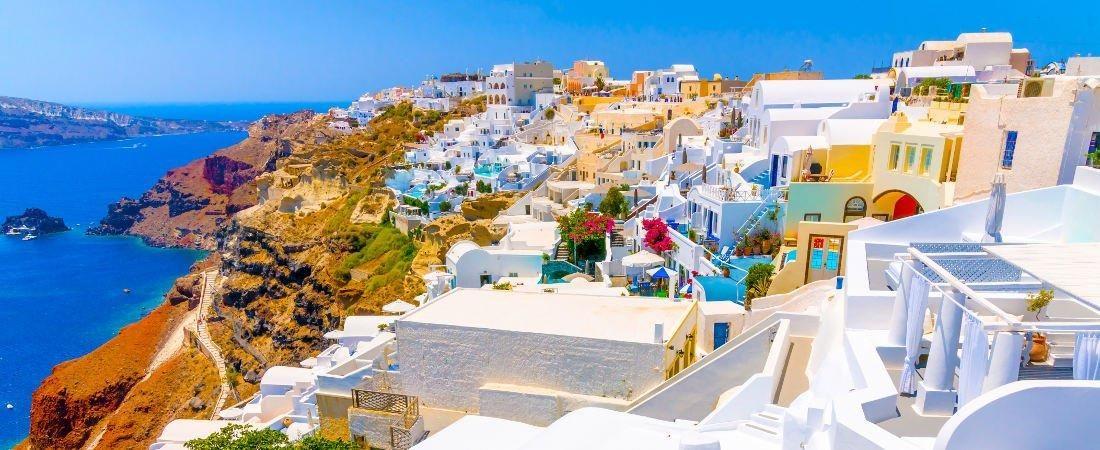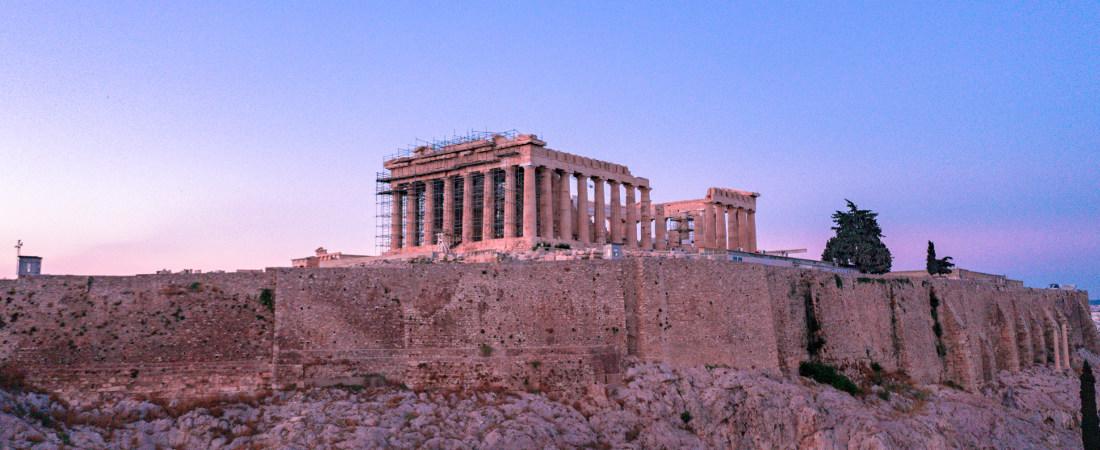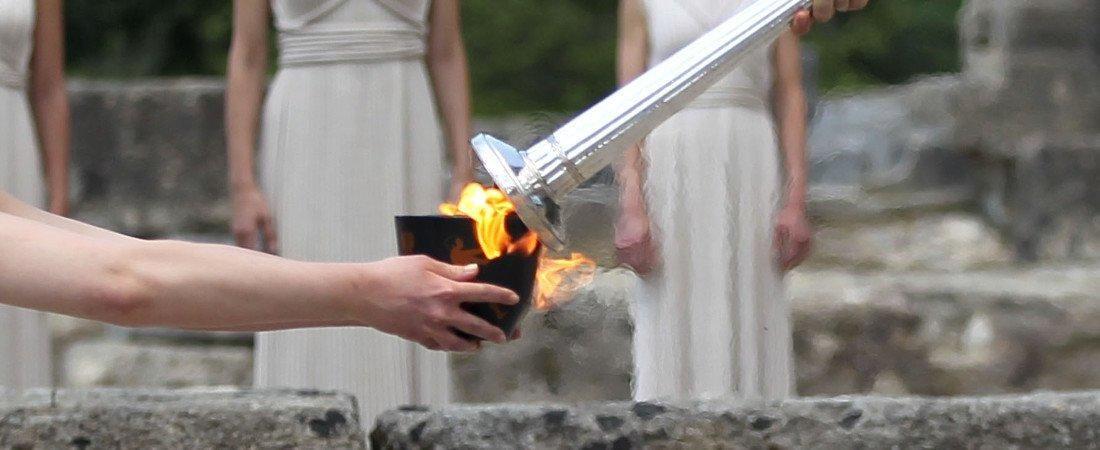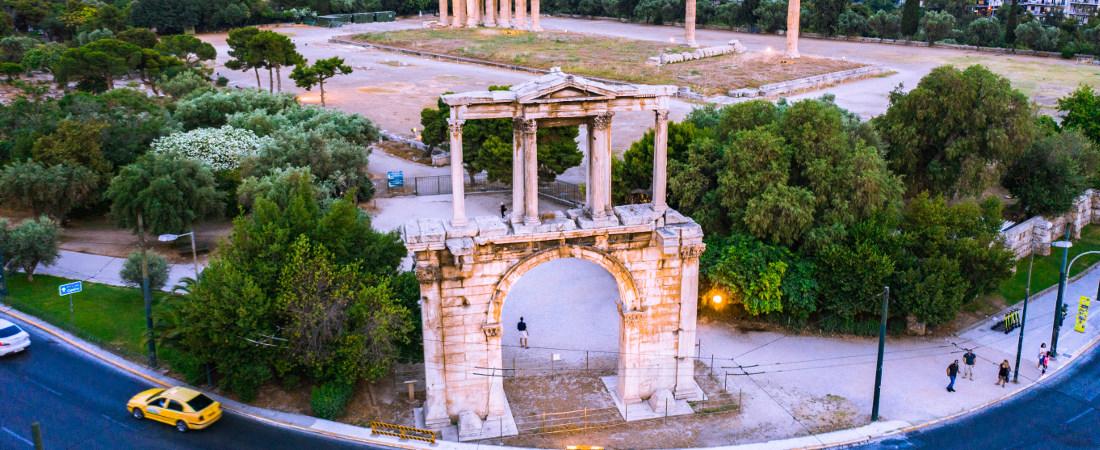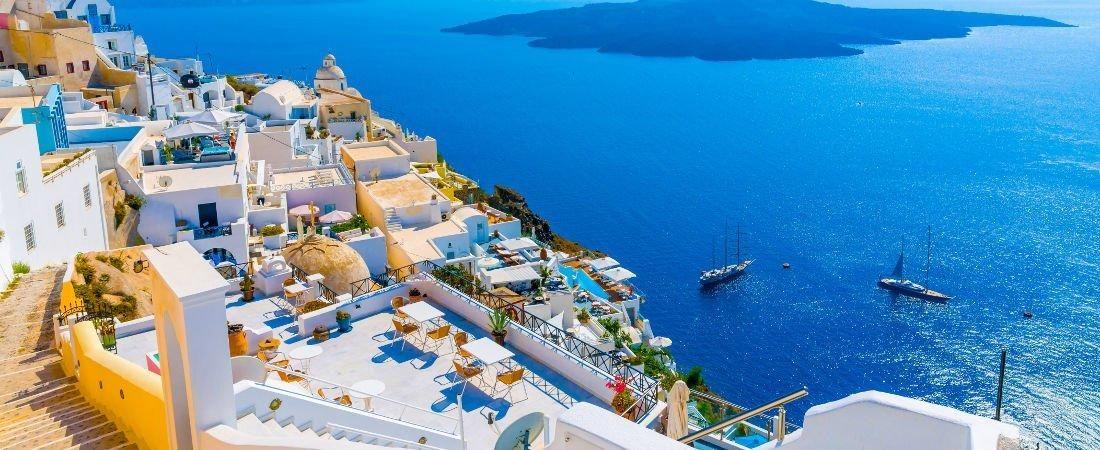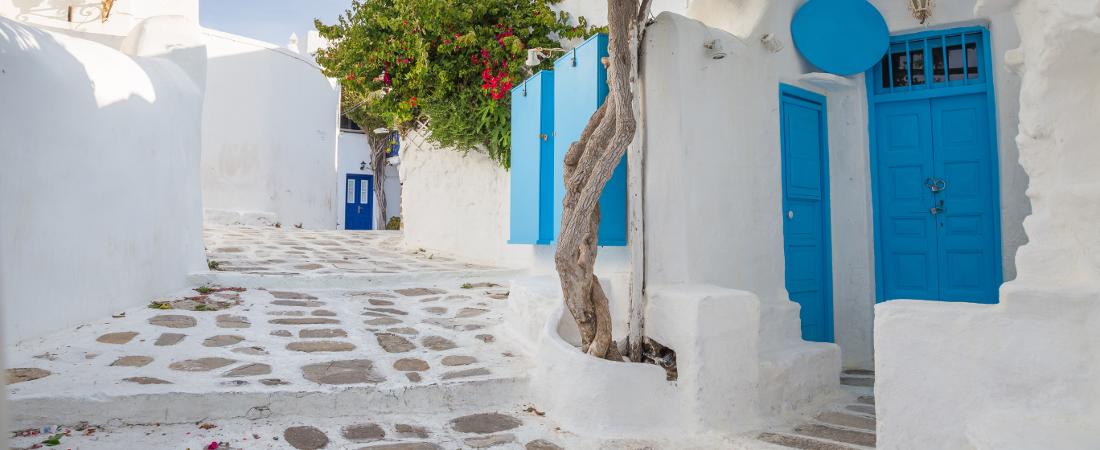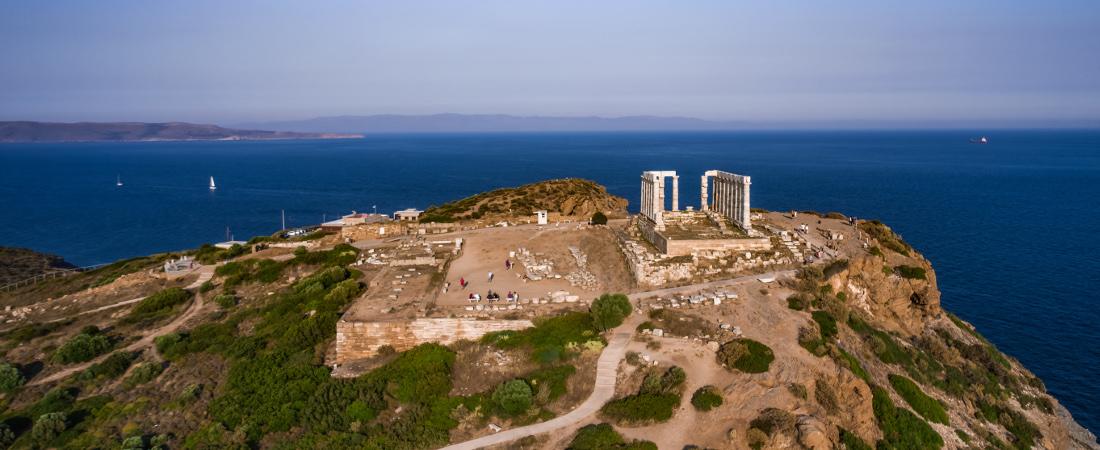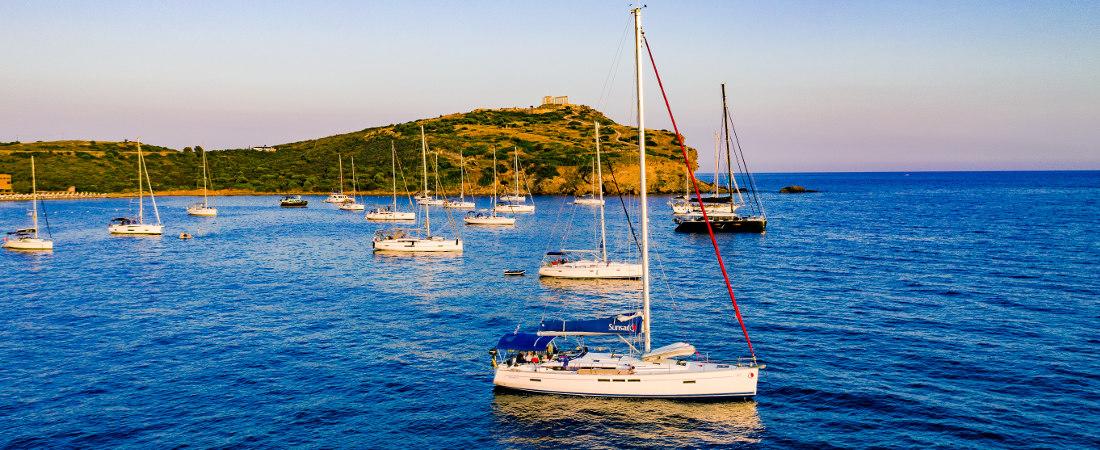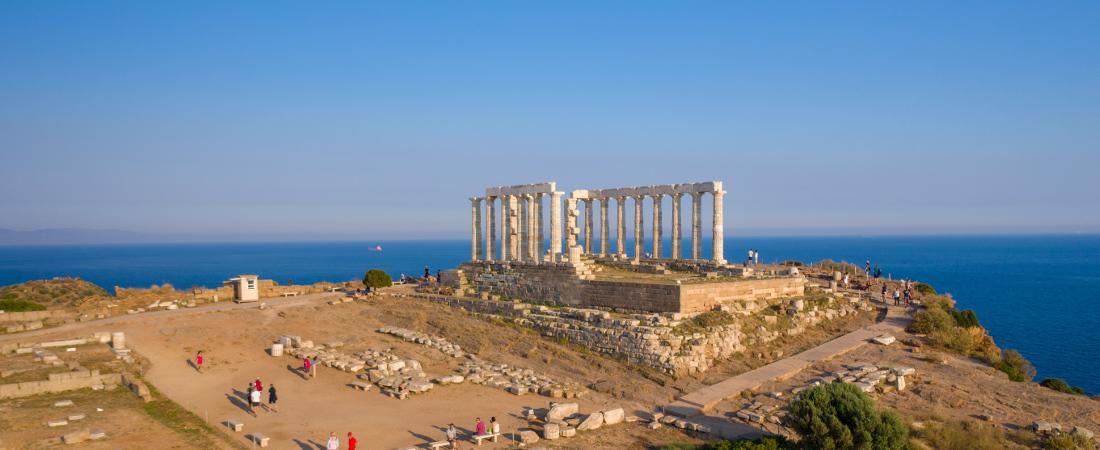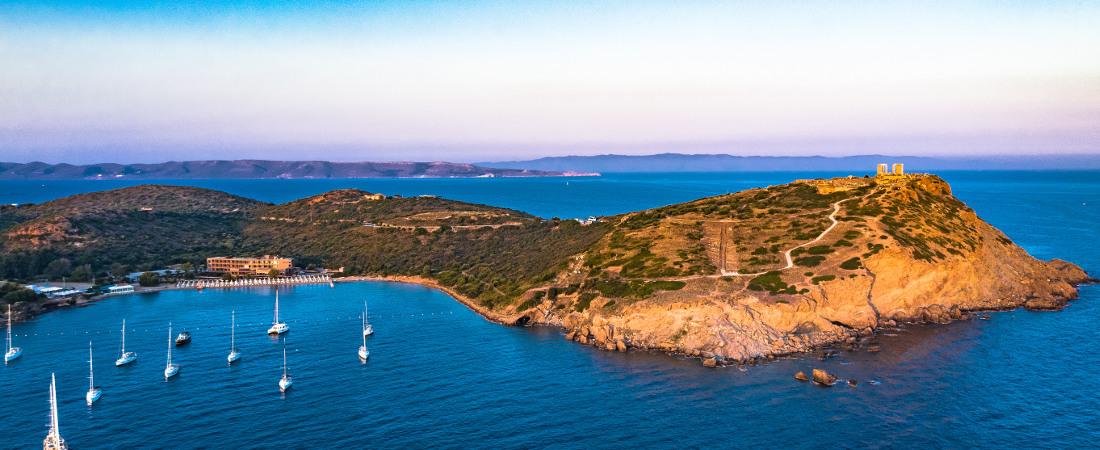“Temple of Poseidon”
Ancient Greek religion was essentially propitiatory in nature: i.e., based on the notion that to avoid misfortune, one must constantly seek the favor of the relevant Gods by Prayers, Gifts and Sacrifices. To the Ancient Greek, every natural feature, e.g. hill, lake, stream or wood, was controlled by a God. Thus a person about to swim in a river, for example, would say a prayer to the River-God, or make an offering to that God’s Shrine, to avoid the chance of drowning.
Gods were considered immortal, could change shape, become invisible and travel anywhere instantaneously. But in many other respects they were considered similar to humans. They shared the whole range of human emotions, both positive and negative. Thus, in their attitudes towards humans, they could be both benevolent and malicious. As humans also, they had family and clan hierarchies. They could even mate with humans, and produce Semi-Gods.
In a maritime country like Greece, the God of the sea was bound to occupy a high position in the divine hierarchy. In power, Poseidon was considered second only to Zeus, the supreme God himself. His implacable wrath, manifested in the form of storms, was greatly feared by all mariners. In an age without mechanical power, storms very frequently resulted in shipwrecks and drownings. Therefore, was a venue where mariners, and also entire cities or states, could propitiate God Poseidon, by making animal sacrifice, or leaving gifts.
The Temple of Poseidon was constructed in approx. 440 B.C., over the ruins of a temple dating from the Archaic Period. It is perched above the sea at a height of almost 60 m. The design of the Temple of Poseidon is a typical hexastyle i.e. it had a front portico with 6 columns. Only some columns of the Cape Sounion Temple stand today, but intact it would have closely resembled the contemporary and well-preserved Temple of Hephaestus beneath the Acropolis, which may have been designed by the same architect.
As with all Greek Temples, the Temple of Poseidon building was rectangular, with a colonnade on all four sides. The total number of original columns was 42: 18 columns still stand today. The columns are of the Doric order. They were made of locally-quarried white marble. They were 6.10 m (20 ft) high, with a diameter of 1 m (3.1 ft) at the base and 79 cm (31 inches) at the top.
At the center of the Temple colonnade would have been the Hall of Worship (naos), a windowless rectangular room, similar to the partly intact hall at the Temple of Hephaestus. It would have contained, at one end facing the entrance, the cult image, a colossal, ceiling – height (6 m) bronze statue of God Poseidon. Probably gold-leafed, it may have resembled a contemporary representation of the God, appropriately found in a shipwreck.
Poseidon was usually portrayed carrying a Trident, the weapon he supposedly used to stir up storms.
Archaeological excavation of the site in 1906 uncovered numerous artifacts and inscriptions, most notably a kouros statue and an impressive votive relief, both now in the Athens National Archaeological Museum.
Check our tour availability and get a chance to visit the Temple of Poseidon.

